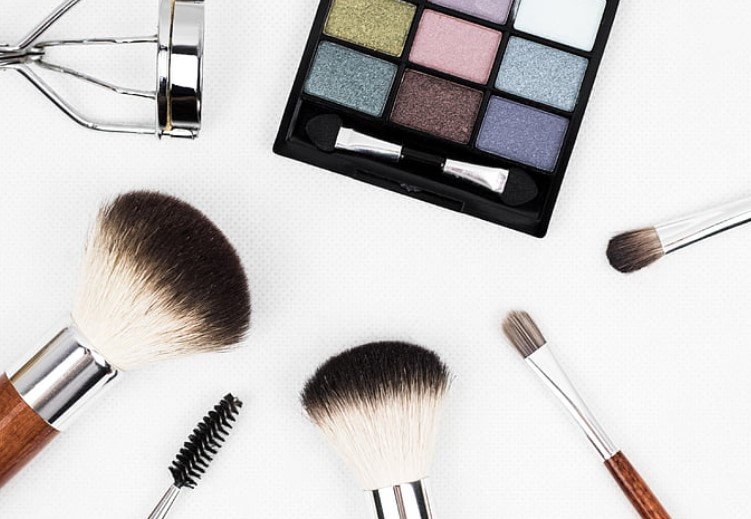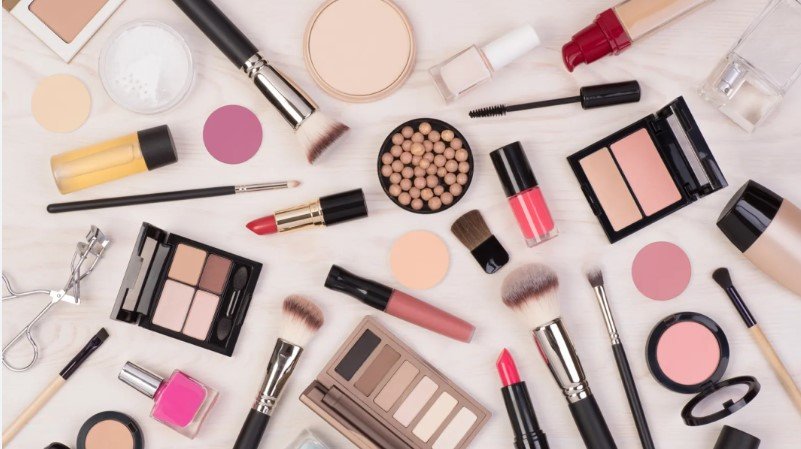The beauty industry is undergoing a major transformation as consumers demand more sustainability and eco-friendliness from their personal care products. From the ingredients to the packaging, brands are embracing green practices and innovations to meet the needs of environmentally conscious shoppers. Here are some of the key trends and challenges that are shaping the future of sustainable beauty in 2023.

The Rise of Sustainable Packaging
One of the biggest sources of environmental impact in the beauty industry is packaging. According to a report by Zero Waste Week, the industry generates nearly 120 billion units of packaging every year, most of which are made from plastic and end up in landfills or oceans1
- Recycled paper and cardboard, which can be reused or recycled again
- Recycled glass and aluminum, which can be recycled indefinitely without losing quality
- Plant-based plastics, which are made from renewable resources such as corn, sugarcane, or algae
- Compostable materials, which can break down into organic matter in a composting facility or at home
Some of the leading brands that are using sustainable packaging are Milk Makeup, Haus Labs by Lady Gaga, and Lush Cosmetics. These brands are not only reducing their environmental footprint but also appealing to eco-conscious consumers who value sustainability and transparency.
The Demand for Natural and Organic Ingredients
Another important aspect of sustainable beauty is the ingredients. Consumers are becoming more aware of the potential health and environmental risks of synthetic and chemical ingredients, such as parabens, sulfates, phthalates, and microplastics. These ingredients can cause skin irritation, allergic reactions, hormonal disruption, and water pollution. As a result, consumers are seeking natural and organic ingredients that are safer, gentler, and more effective for their skin and hair.
Natural and organic ingredients are derived from plants, minerals, or animals, and are free of artificial additives, preservatives, or pesticides. They are also more biodegradable and less harmful to the environment. Some of the popular natural and organic ingredients in the beauty industry are:
- Aloe vera, which has soothing, hydrating, and anti-inflammatory properties
- Coconut oil, which has moisturizing, antibacterial, and antifungal properties
- Shea butter, which has nourishing, softening, and healing properties
- Tea tree oil, which has antiseptic, anti-inflammatory, and antimicrobial properties
- Argan oil, which has moisturizing, antioxidant, and anti-aging properties
Some of the leading brands that use natural and organic ingredients are Tata Harper, Dr. Bronner’s, and The Body Shop. These brands are not only providing high-quality and effective products, but also supporting ethical and sustainable practices, such as fair trade, animal welfare, and social responsibility.
The Challenge of Balancing Sustainability and Profitability
While sustainable beauty is a growing trend and a positive change for the industry, it also poses some challenges and barriers for the brands. One of the main challenges is the cost of sustainability. Sustainable packaging and ingredients are often more expensive and less available than conventional ones, which can affect the profitability and scalability of the brands. Moreover, sustainable packaging and ingredients may have a shorter shelf life, lower performance, or less aesthetic appeal than conventional ones, which can affect consumer satisfaction and loyalty.
To overcome these challenges, brands need to find a balance between sustainability and profitability and communicate the value and benefits of their products to consumers. Some of the strategies that brands can use are:
- Investing in research and development to find innovative and cost-effective solutions for sustainable packaging and ingredients
- Educating and engaging the consumers about the environmental and social impact of their products and the importance of sustainability
- Offering incentives and rewards for the consumers who choose sustainable products and participate in recycling or composting programs
- Collaborating and partnering with other brands, suppliers, retailers, and organizations to share best practices and resources for sustainability
Sustainable beauty is not only a trend but a necessity for the future of the industry and the planet. By adopting sustainable practices and innovations, brands can not only reduce their environmental impact, but also enhance their brand image, customer loyalty, and competitive advantage.






